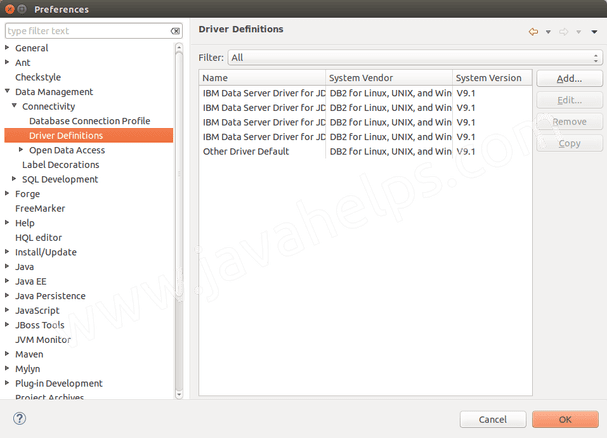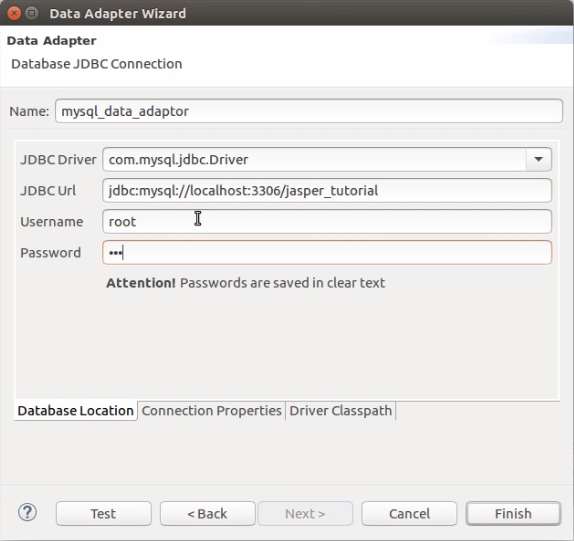

- MYSQL JDBC CONNECTOR TUTORIAL DRIVERS
- MYSQL JDBC CONNECTOR TUTORIAL DRIVER
- MYSQL JDBC CONNECTOR TUTORIAL CODE
MYSQL JDBC CONNECTOR TUTORIAL DRIVERS
Make sure you are using the correct version of the java drivers according to your database server installation version. JDBC Example – Database DriversĪs you can see in the project image, I have both MySQL (mysql-connector-java-5.0.5.jar) and Oracle (ojdbc6-11.2.0.1.0.jar) type-4 drivers in the lib directory and added to the project build path. However both the databases confirms to SQL language, so insert queries are same for both the database tables. Notice that datatypes in Oracle and MySQL databases are different, that’s why I have provided two different SQL DDL queries to create Users table. INSERT INTO Users (id, name, email, country, password) Run below SQL scripts to create the table and insert some dummy values in the table. For showing how we can achieve loose-coupling in connecting to databases using JDBC API, I will use Oracle and MySQL database systems. We will write program to connect to database server and run a simple jdbc query and process the results. Installing the database servers is not in the scope of this tutorial, so I will assume that you have database servers installed.
MYSQL JDBC CONNECTOR TUTORIAL CODE
Let’s create a simple JDBC Example Project and see how JDBC API helps us in writing loosely-coupled code for database connectivity.īefore starting with the jdbc example, we need to do some prep work to have some data in the database servers to query. However for this solution, we should use database specific drivers, for example OJDBC jars provided by Oracle for Oracle DB and MySQL Connector/J for MySQL databases. This solution doesn’t require any extra APIs at the client side and suitable for database connectivity over the network.
MYSQL JDBC CONNECTOR TUTORIAL DRIVER

Because of extra dependency on database client API drivers, this is also not preferred driver. We should have database client API installed at the machine from which we want to make database connection.


 0 kommentar(er)
0 kommentar(er)
